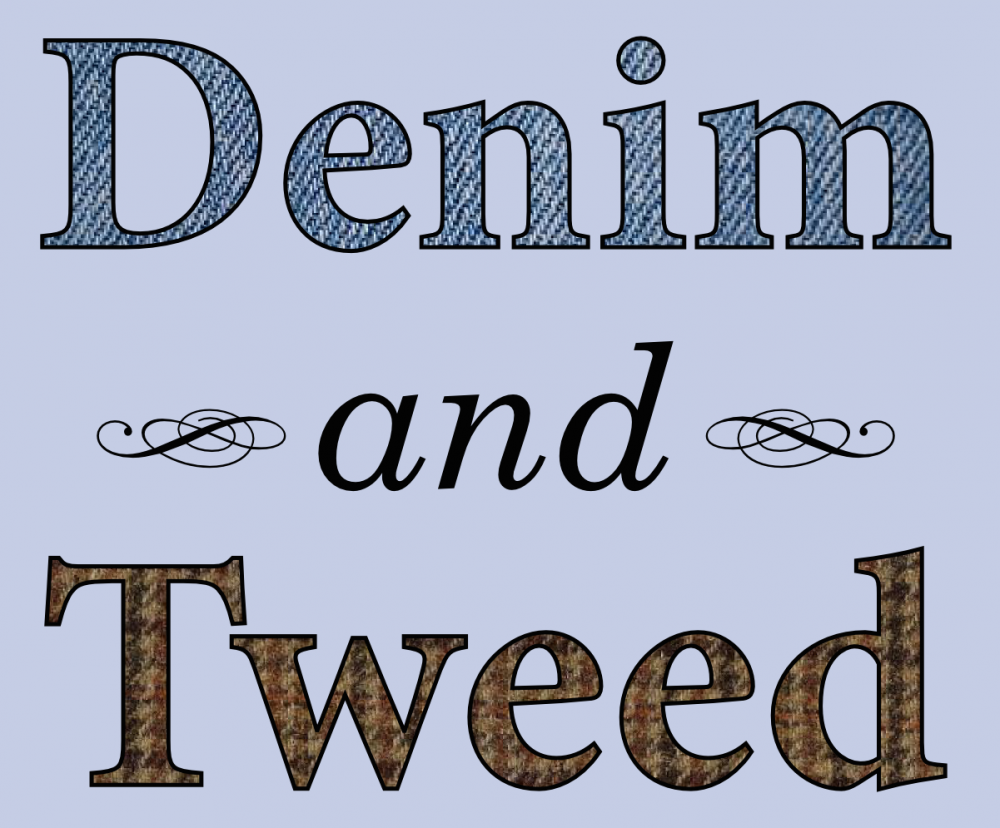Weeks after Elon Musk took possession of Twitter and proceeded to tweet fast and break things, this Scientific American article by Joe Bak-Coleman offers a general theory of why it’s going so badly: social networks are complex systems rather than complicated ones.
On a social network, interactions between individuals create dizzying feedback loops and chaotic interactions that render simple mathematical models next-to-useless for predicting the future, let alone controlling it. Musk’s gamble is that applying his tinkering philosophy to Twitter will take him where no one has gone before: ownership of a large, healthy and profitable social network. The problem is that, unlike the moon or Mars, we have no idea how to get there—and that’s a challenge that engineering fixes cannot solve.
I saw this linked from Mastodon, where I (and now a pretty large fraction of my former Twitter network) have taken refuge. People there are generally passing it around in the spirit of schadenfreude that imbues most discussion of Twitter in the “Fediverse” distributed social network. However, I don’t see much awareness that what Bak-Coleman identifies as a problem for Musk running Twitter is also a problem for a network of mostly volunteer admins running Fediverse-connected Mastodon instances: we don’t actually know how design and moderation decisions will ultimately add up to create the decentralized social network we’re all using now.
Continue reading






